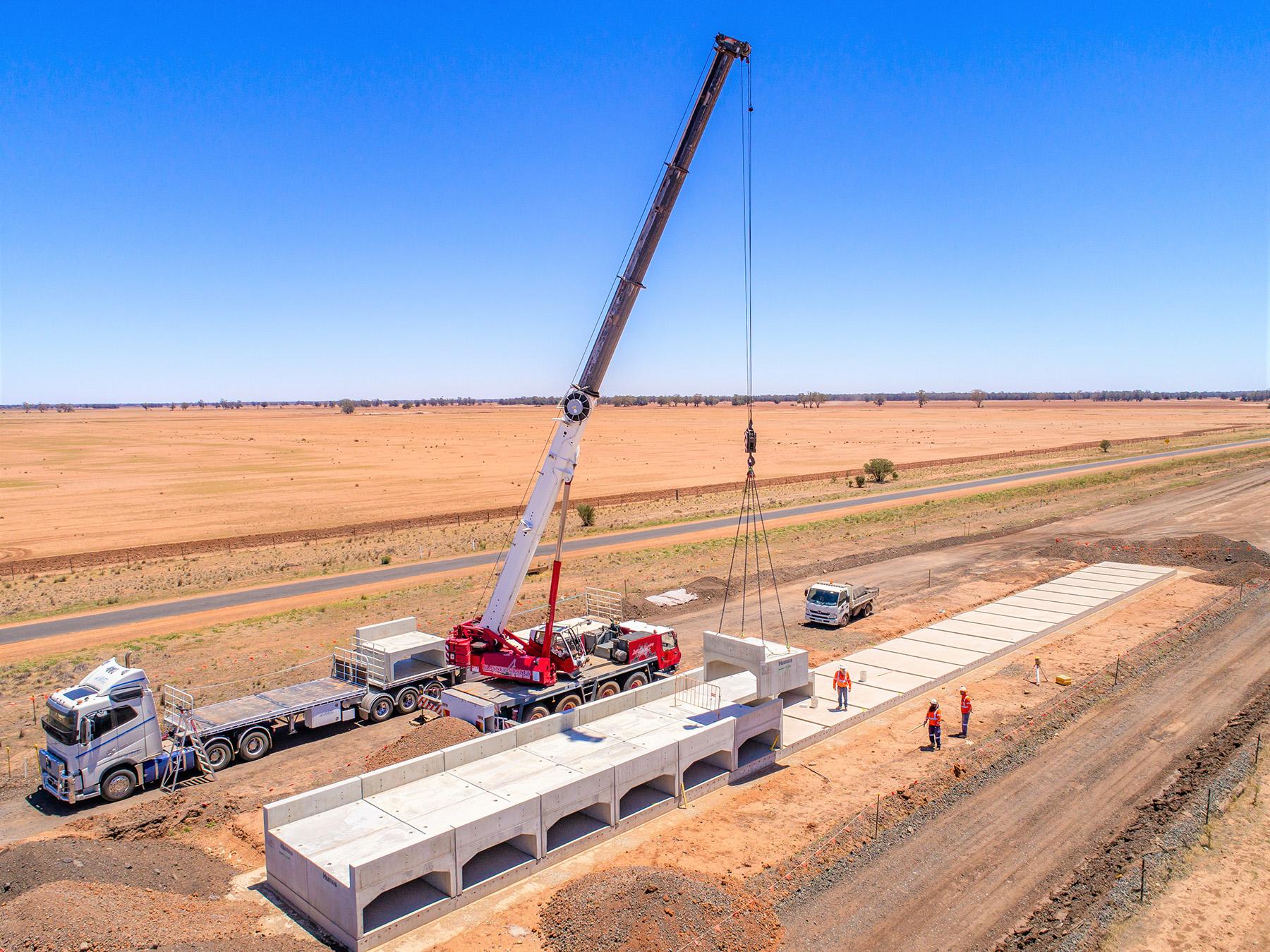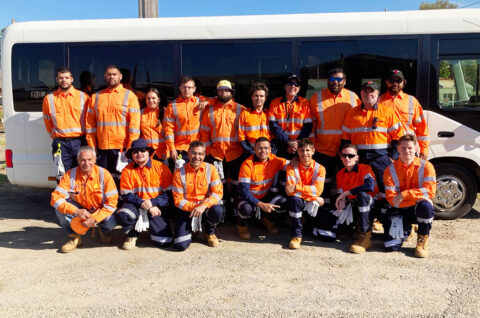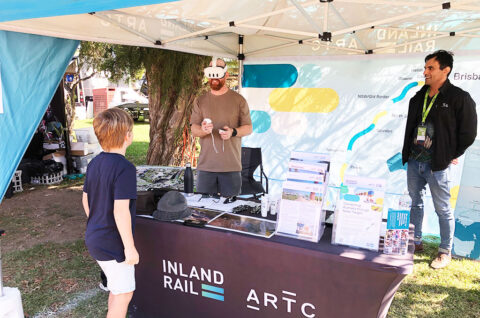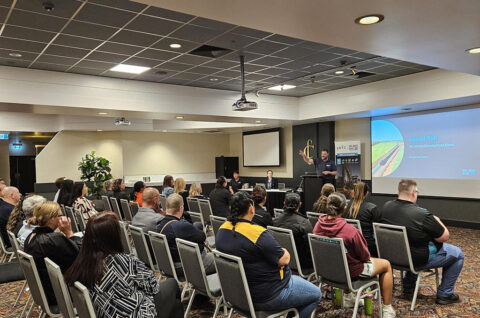Keeping it green for World Environment Day
We encourage our suppliers and partners to build a sustainability culture to deliver positive outcomes for local environments, supply chains and communities.
May 22, 2020

In partnership with Humes, the concrete products division of Holcim, we recently achieved an industry leading sustainability milestone installing more than 22,600 tonnes of carbon neutral precast concrete culverts on the Parkes to Narromine project.
Made and manufactured at Humes’ Tamworth-based facility, the culverts were installed on new rail track and road connections along the 103km alignment.
According to Humes, the 22,625 tonnes of culverts will save 7,000 tonnes of carbon emissions; this equates to about 2000 vehicles off the road for a year.
By purchasing carbon offsets, Humes achieved Climate Active certification for carbon neutrality. This means Parkes to Narromine is the first Infrastructure Sustainability Council of Australia (ISCA) rated project to hold this accomplishment.
Inland Rail registered for an ISCA program rating under the voluntary scheme, which evaluates the sustainability of design, construction and operation of all infrastructure asset classes in all sectors.
All 13 Inland Rail’ projects are being assessed against the ISCA framework, providing consistency and challenging the projects to deliver best practice outcomes.
And we’re already delivering several sustainability outcomes, including:
- Re-use of more than 3,500 tonnes of formation on the Parkes to Narromine project
- Up to 19,000 timber sleepers are being reused on the Narrabri to North Star section to keep the rail line operational while we deliver materials via train
- Existing ballast, ash and foundation are being reused and incorporated into the new foundations
- 300,000 tonnes of ballast and ash have been used on the Parkes to Narromine project to construct more durable local access roads, minimising dust impacts and reducing water usage for dust minimisation
Once operational Inland Rail will reduce carbon emissions by 750,000 tonnes per year, reduce truck volumes in more than 20 regional towns, and lower road congestion on some of Australia’s busiest highways.



